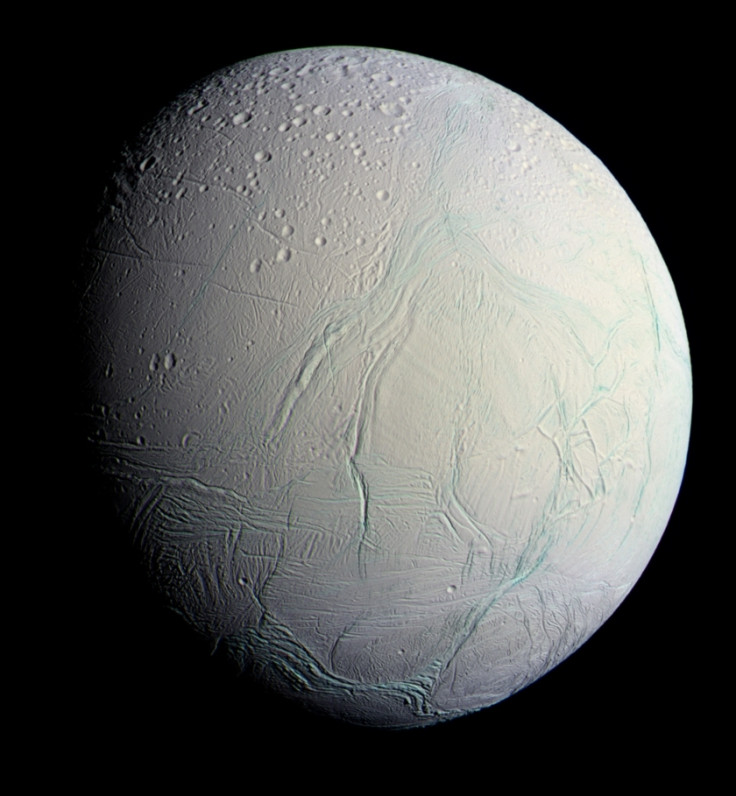Milky Way might be home to Ocean Worlds like ours with possibility of alien life
NASA scientists believe there are more ocean worlds in our galaxy than we know of.
Ever wondered what do other worlds in our galaxy look like? According to NASA scientists, some of the planets might be what they described as "ocean worlds" and some of them might be suitable for life.
A recently published study titled "Forecasting Rates of Volcanic Activity on Terrestrial Exoplanets and Implications for Cryovolcanic Activity on Extrasolar Ocean Worlds" in Publications of the Astronomical Society of the Pacific is based on the learnings of Lynnae Quick, NASA planetary scientist. According to the press release on NASA's website, through her study, Quick decided to explore our galaxy in search of planets that might be similar to Europa and Enceladus, which scientists classify as "Ocean Worlds."
Earth is not the only ocean world in our galaxy, oceans on other planets or cosmic bodies exist in diverse forms and this knowledge is believed to be instrumental in search of life beyond our home planet.
"Plumes of water erupt from Europa and Enceladus, so we can tell that these bodies have subsurface oceans beneath their ice shells, and they have energy that drives the plumes, which are two requirements for life as we know it," said Quick, of NASA's Goddard Space Flight Center in Greenbelt, Maryland, who specialises in the study of volcanism and ocean worlds. "So if we're thinking about these places as being possibly habitable, maybe bigger versions of them in other planetary systems are habitable too," she added.
In their study through a mathematical analysis of several exoplanets, Quick and her team discovered that "more than a quarter of the exoplanets they studied could be ocean worlds, with a majority possibly harboring oceans beneath layers of surface ice, similar to Europa and Enceladus. Additionally, many of these planets could be releasing more energy than Europa and Enceladus."
Europa, a moon of Jupiter, and Enceladus, a moon of Saturn, are ocean worlds that potentially could be home to alien life. Meanwhile, Quick's study is based on observations of exoplanets that belong to TRAPPIST-1 system, 39 light-years from our planet, and other 53 exoplanets that are similar in size to Earth. The study promises to help scientists narrow down the list of exoplanets in their quest for clues to alien life.

"Future missions to look for signs of life beyond the solar system are focused on planets like ours that have a global biosphere that's so abundant it's changing the chemistry of the whole atmosphere," concluded co-author of the study Aki Roberge, a NASA Goddard astrophysicist. "But in the solar system, icy moons with oceans, which are far from the heat of the Sun, still have shown that they have the features we think are required for life."
© Copyright IBTimes 2025. All rights reserved.





















